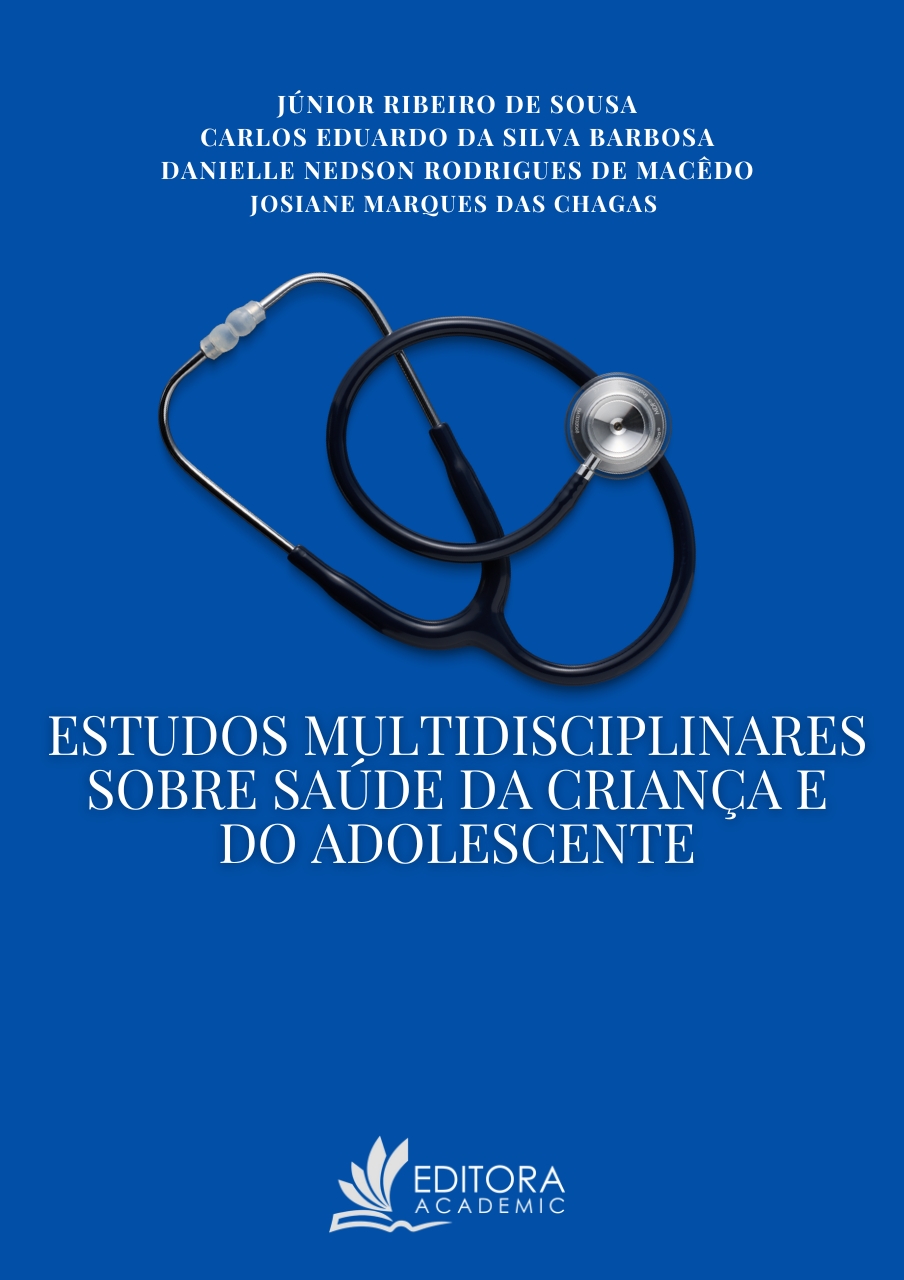
A pré-eclâmpsia (PE), devido à sua fisiopatologia sistêmica, é apontada como uma das principais causas de morbimortalidade perinatal e materna. Em geral, os recursos clínicos disponíveis são empregados a critério de diagnóstico, não refletindo a gravidade da doença subjacente, assim como os riscos imediatos e remotos que possam acometer o binômio materno-fetal. Por este motivo, a identificação de estratégias clínicas e laboratoriais deve incidir na antecipação da gravidade da PE, como a utilização de biomarcadores, como o ácido úrico, principalmente devido a sua simplicidade de mensuração e menor custo, podendo ser facilmente inserido em protocolos de triagem. No entanto, embora alguns estudos indiquem a hiperuricemia – HU (ácido úrico ? 6mg/dL) como preditora da gravidade da PE, os achados permanecem conflitantes. Portanto, este capítulo tem por objetivo reunir evidências acerca do papel prognóstico dos níveis séricos de ácido úrico em gestações com PE. Trata-se de um capítulo de livro, embasado em literatura científica, com critérios de busca e elegibilidade pré-estabelecidos. As palavras-chaves utilizadas foram: (“uric acid” OR “Hyperuricemia” OR “high levels of uric acid”) AND (“Preeclampsia” OR “Pregnancy Toxemias” OR “Edema-Proteinuria-Hypertension Gestosis” OR “Hypertension Gestosis”) AND (“Prognosis” OR “prediction”). Há indícios da atuação da hiperuricemia na fisiopatologia da PE, evidências apontam que o ácido úrico também pode ser relacionado à progressão da doença, uma vez que sua concentração elevada pode inibir a produção de óxido nítrico, ocasionando numa invasão inadequada de trofoblastos e em um reparo endotelial prejudicado, entretanto se faz necessário a realização de estudos prospectivos bem delineados para esclarecer as divergências da literatura científica atual, de forma a contribuir com o melhor esclarecimento deste preditor na ocorrência de desfechos adversos maternos e perinatais.